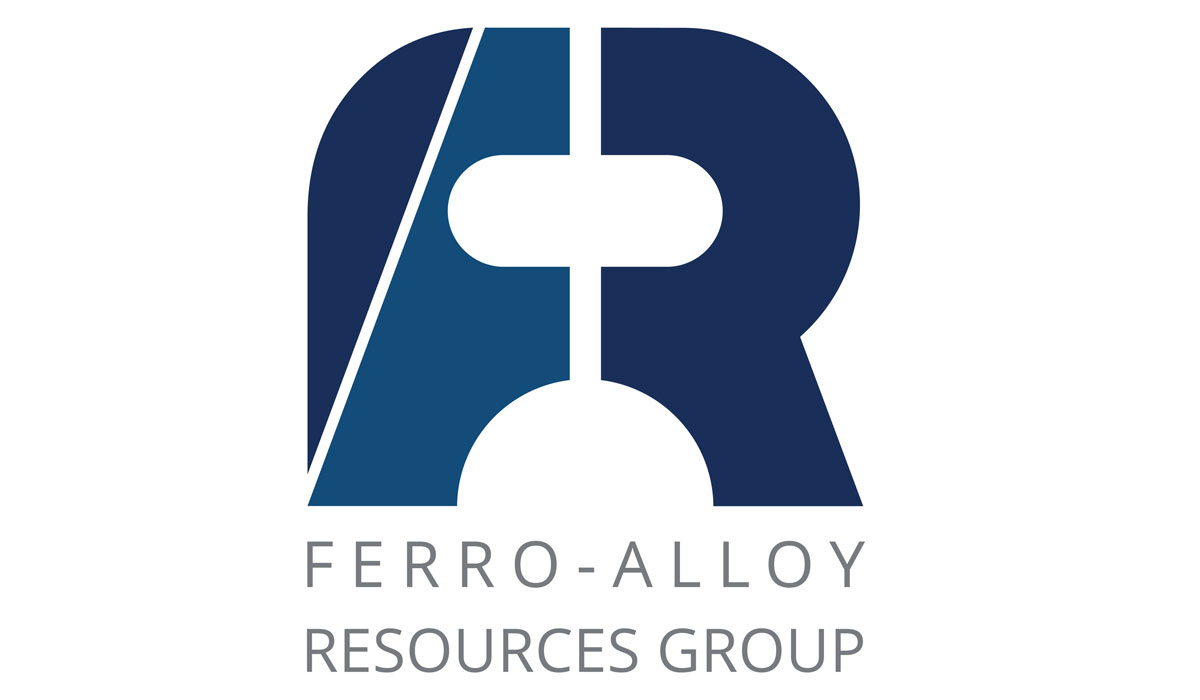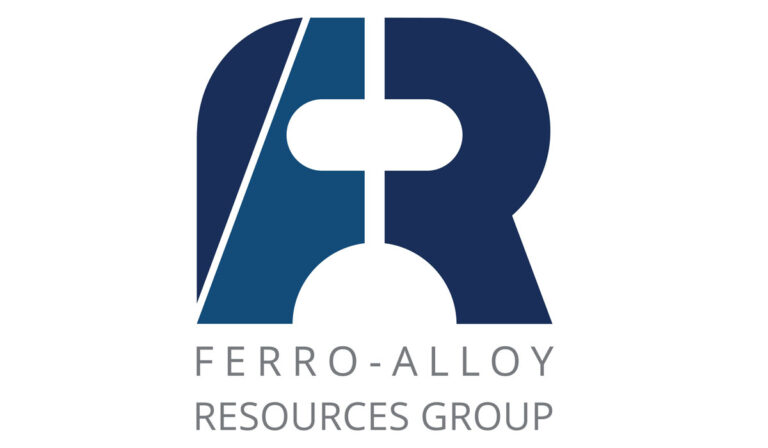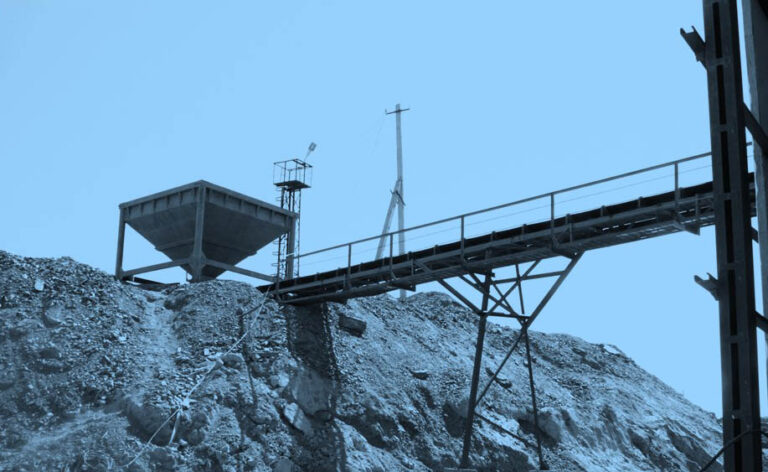Amid the clang of steel mills and the hum of transformer substations, an often-overlooked element is staking its claim on tomorrow’s industrial landscape. In projects ranging from towering commercial frameworks to sprawling grid-scale storage facilities, vanadium is weaving itself into the foundations of both concrete and energy alike. Its subtle presence belies a set of characteristics that may prove pivotal as markets recalibrate for long-term resilience and environmental mandates tighten.
In modern reinforced concrete, adding minute quantities of vanadium to steel reinforcement bars alters the metal’s microscopic structure. This adjustment allows bars to achieve greater tensile strength without a proportional increase in mass, meaning structures can carry similar or greater loads with less material. Engineers have found that such vanadium-enhanced steel reduces the overall volume of reinforcement needed, yielding lighter, more material-efficient buildings. From an investor’s perspective, this recalibration in material requirement ripples beyond construction budgets; shrinking raw input needs can translate into lower carbon footprints and improved project timelines, factors increasingly scrutinised by stakeholders prioritising sustainability and cost control.
Equally compelling is vanadium’s burgeoning reputation in grid-scale energy storage. Vanadium redox flow batteries harness the metal’s multiple oxidation states to store electrical energy in large tanks of electrolytic fluid. Unlike lithium-ion alternatives, these batteries can endure tens of thousands of charge-discharge cycles with minimal capacity fade, offering lifespans that rival those of the underlying infrastructure. Moreover, their design permits independent scaling of power and energy capacities, granting project developers the flexibility to tailor systems to peak shifting, frequency regulation or emergency backup applications. For investors, the appeal lies in predictable asset performance and reduced replacement risk over decades, aligning with the long-duration horizons favoured in infrastructure portfolios.
On the environmental front, vanadium redox flow systems boast a fully recyclable active component. At the end of their operating life, the liquid electrolyte can be reclaimed and repurposed in new batteries, minimising waste streams uncommon to many other storage chemistries. This closed-loop potential dovetails with emerging regulations around electronic waste and carbon accountability, suggesting that developers who adopt such technologies may secure regulatory advantages or green financing incentives. Recognising this, some utilities and independent power producers are already incorporating vanadium flow installations alongside renewable generation, creating hybrid setups that smooth out intermittency without sacrificing asset longevity.
The metal’s promise extends beyond structural and storage applications. Its growing footprint in hydrogen production catalysts and emerging fuel cell research hints at a broader industrial pivot towards decarbonisation. While such ventures remain in earlier stages compared to redox flow battery deployment, they illustrate vanadium’s versatility across multiple clean-tech vectors. For investors, this breadth of application reduces concentration risk: should one market segment face headwinds, others may offer offsetting momentum. In a landscape where policy shifts and supply-chain disruptions can domino through commodities, vanadium’s cross-sector relevance may confer a layer of portfolio resilience.
Supply dynamics further underscore the metal’s strategic importance. Although vanadium is not as scarce as some critical minerals, its refinement and processing bottlenecks have historically constrained availability. Logistics challenges, ranging from ore grade variability to the specialised facilities needed for electrolyte preparation, tend to favour vertically integrated operators or partnerships with processing specialists. As demand for high-purity products outpaces legacy production, newcomers or expansions of existing refineries may command premium margins. Such market tightness can attract capital but also necessitates rigorous due diligence on project timelines, permitting hurdles and technological scalability.
Beyond raw supply, geopolitical factors play a role. Major vanadium sources are dispersed globally, and shifts in export controls or environmental regulations can ripple through pricing. For the savvy investor, understanding the balance of power between miners, refiners and end-users becomes as critical as evaluating price trends. Advances in extraction methods, such as recycling spent catalysts or tapping secondary sources in the steel sector, offer potential relief, yet they require significant up-front investment and regulatory navigation. These emerging pathways to supply diversification could accelerate as large buyers seek secure, ethically sourced inputs for sustainability-linked financing targets.
Viewed through the lens of infrastructure and clean-energy megatrends, vanadium’s profile is neither speculative gimmick nor obscure curiosity. It represents a confluence of engineering innovation, environmental imperative and market realignment. Each vanadium-enhanced beam and every flow-battery electrolyte tank carries a narrative of efficiency gained, emissions mitigated and assets fortified against the unpredictability of tomorrow’s policy and climatic swings. For capital allocators hunting for subtle but substantial vectors of value, the metal’s dual role in fortifying buildings and stabilising power systems presents a compelling asymmetric proposition.
Ferro-Alloy Resources Ltd (LON:FAR) is developing the giant Balasausqandiq vanadium deposit in Kyzylordinskaya oblast of southern Kazakhstan. The ore at this deposit is unlike that of nearly all other primary vanadium deposits and is capable of being treated by a much lower cost process.












































